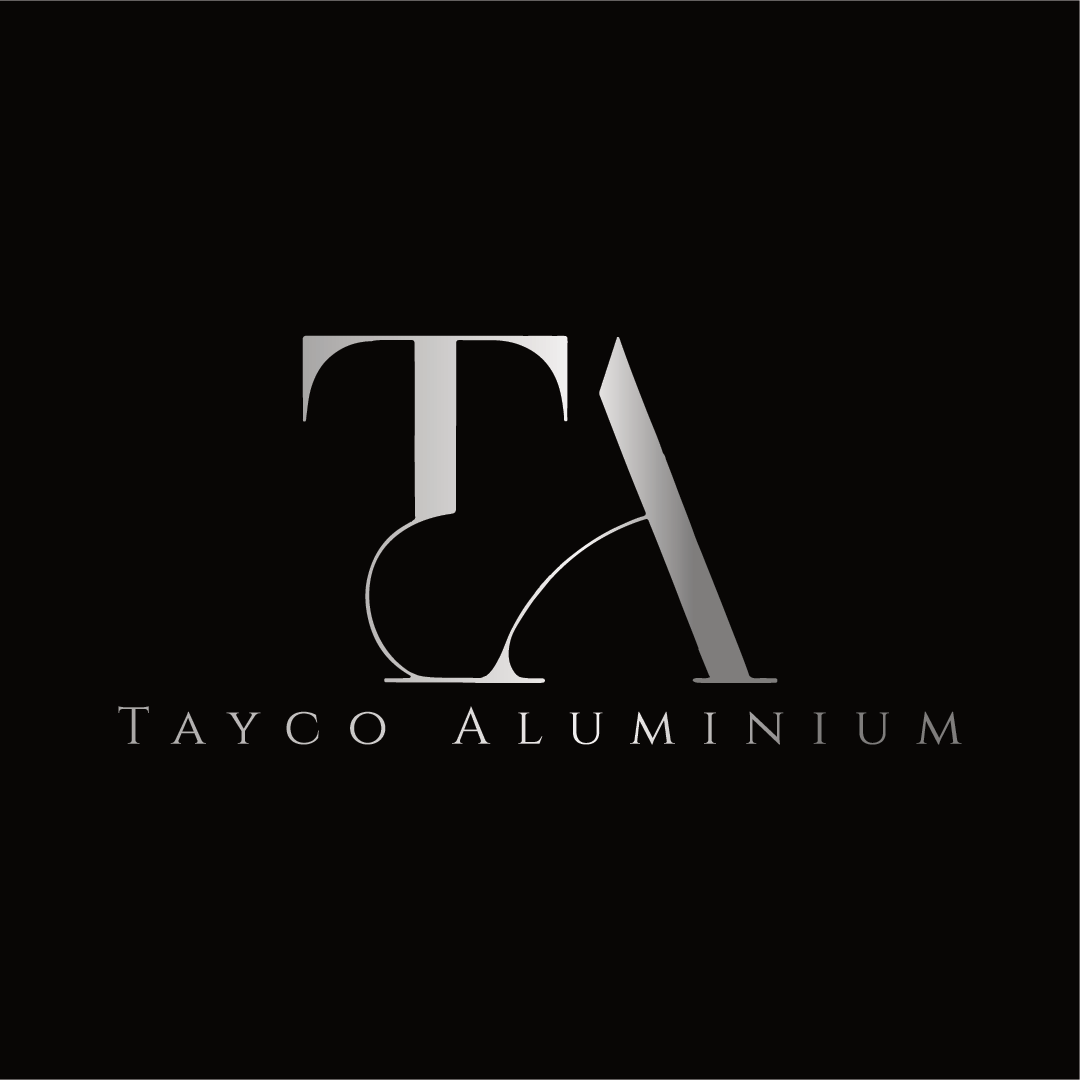Ever wondered about the benefits of aluminium recycling? Or maybe you’re curious about its properties and uses?
From sustainability to everyday applications, our comprehensive FAQ list covers everything you need to know about aluminium!
Tayco Aluminium Wollongong: is your trusted source for top-notch Aluminium Fabrication. Over the years, we have established a reputation for excellence by providing our Wollongong customers with the highest quality service and installations.
Here, we’ve compiled a comprehensive list of frequently asked questions about Aluminium to empower you with the knowledge you need to make informed decisions.
Aluminium, commonly spelled aluminum in America, is a fascinating and versatile element with many unique properties. Here’s a summary:
Physical properties:
Chemical properties:
Abundance and uses:
Cleaning aluminium effectively depends on the specific item and the type of dirt or stains you’re dealing with. Here are some general guidelines:
General cleaning:
For tougher stains:
Technically, no, aluminium does not rust. However, it is important to clarify what we mean by “rust” here:
Rust: This term specifically refers to the iron oxide that forms on iron and steel when they react with oxygen and water. This reaction creates flaky, reddish-brown material that weakens the metal.
Corrosion: This is a broader term that refers to the degradation of a metal due to its interaction with its environment. Aluminium does corrode, but it undergoes a different process than iron.
Aluminium corrodes by forming a thin layer of aluminium oxide on its surface when it comes into contact with oxygen. This layer is actually beneficial because it is hard, transparent, and adheres well to the metal, effectively protecting it from further corrosion. The aluminium oxide layer gives aluminium its characteristic dull gray appearance.
Under normal circumstances, aluminium is not magnetic. This means it won’t be attracted to a magnet like iron or nickel. The reason lies in its electron configuration and atomic structure.
